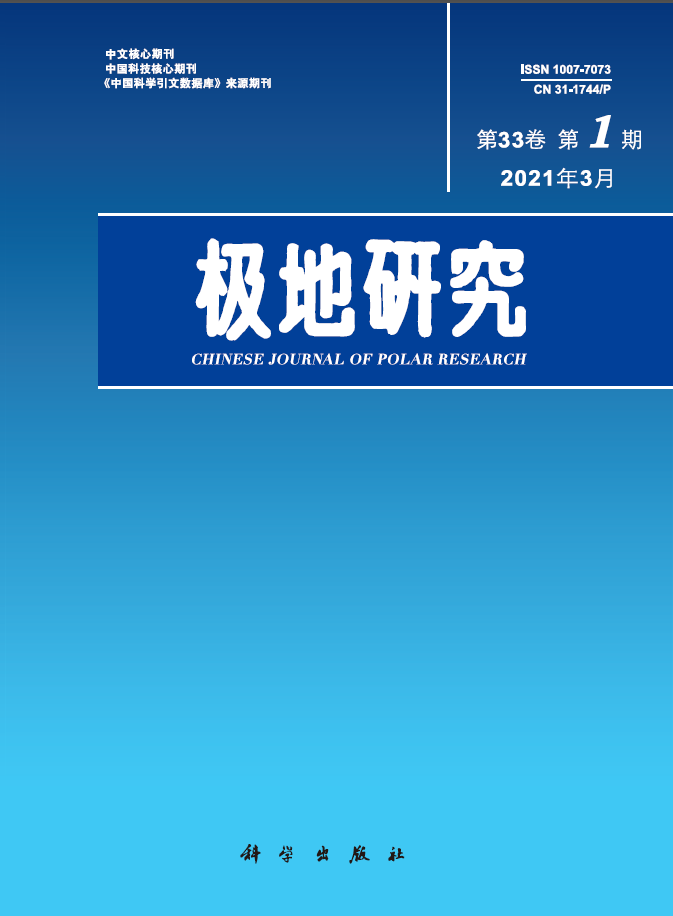The Bering Sea is the
largest marginal sea in the northwestern Pacific Ocean, with a history embraced
the Cenozoic. The origin and tectonic evolution of the Bering Sea are very
important for the understanding of the western
Pacific marginal sea. Since the Late Cretaceous, the Bering Sea area has been affected
by the subduction of the northern Pacific Ocean, the spreading of the
Arctic Ocean and the southwestward movement of the North American Plate. We analyzed key
geological evidence, including research findings from geophysical, geochemical,
and geochronological studies, and propose the following evolutionary history of
the Bering Sea: (1) From the Late Cretaceous to the Early Eocene, the old
Pacific Plate (Kula Plate) subducted northward along the Bering Sea shelf to
the south of the
Alaskan
Peninsula;
(2) During the Eocene, the subduction of the Pacific Plate jumped from the
northern margin of the Bering Sea shelf to the Aleutian Arc, and the residual
Kula Plate formed the Aleutian Basin. The complex deformation of the Aleutian
Basin formed the prototype of the Shirshov Ridge; (3) From the Late Eocene to
the Oligocene, the Aleutian Plate subducted beneath Bowers Ridge, and led to
the formation of the Bowers volcanic arc and the Bowers back-arc basin; (4)
During the Miocene,
oblique subduction of the Pacific Plate beneath the Aleutian Arc led to right-lateral
slab tearing, resulting in asthenosphere upwelling and the opening of the
Kamchatka Basin.

